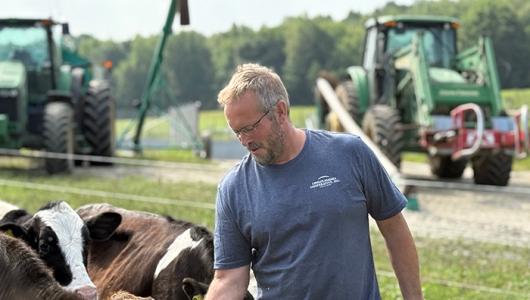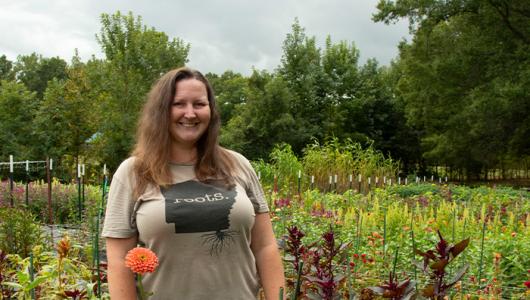Effective beginning 5/20/2025: Please note this site is under review and content may change.
On your own land, you’ve probably seen evidence that climate change is happening – things like extreme weather events or changes in growing seasons over the years. America’s rural communities are on the frontlines of climate change, and now is the time for agriculture, forestry, and rural communities to act.
There are various ways to help mitigate the effects of climate change on your land and improve your bottom line at the same time. One very effective way is by planting cover crops.
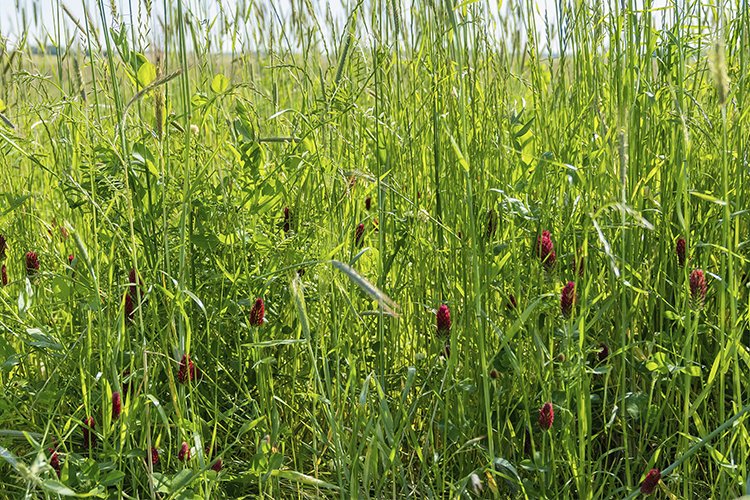
Cover crops offer agricultural producers a natural and inexpensive climate solution through their ability to capture atmospheric carbon dioxide (CO2) into soils. But cover crops don’t just remove CO2 from the atmosphere, they also help make your soil healthier and your crops more resilient to a changing climate.
Healthy soil has better water infiltration and water holding capacity and is less susceptible to erosion from wind and water.
Cover crops also trap excess nitrogen – keeping it from leaching into groundwater or running off into surface water – releasing it later to feed growing crops. This saves you money on inputs like water and fertilizer and makes your crops more able to survive in harsh conditions.
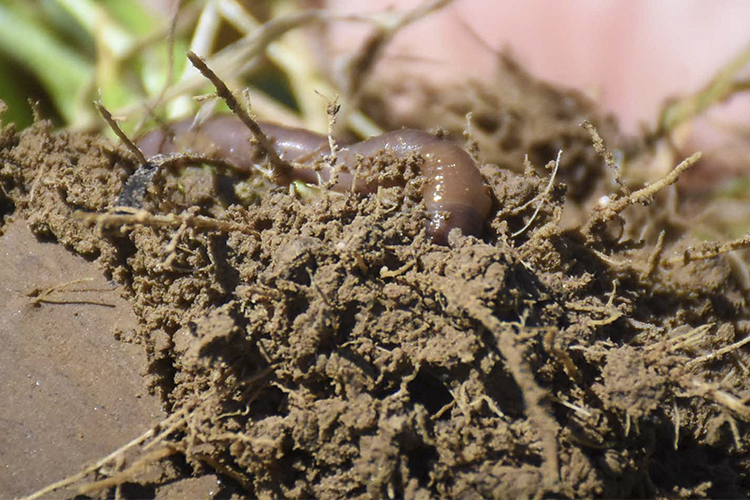
USDA’s Cover Crop Support
During the past year, USDA has made a number of strides to encourage use of cover crops. Earlier this month, USDA’s Natural Resources Conservation Service (NRCS) formed a new partnership with Farmers For Soil Health. We also launched a new Cover Crop Initiative in 11 states through the Environmental Quality Incentives Program (EQIP), targeted $38 million to help producers mitigate climate change through adoption of cover crops.
In fiscal 2021, NRCS provided technical and financial assistance to help producers plant 2.3 million acres of cover crops through EQIP.
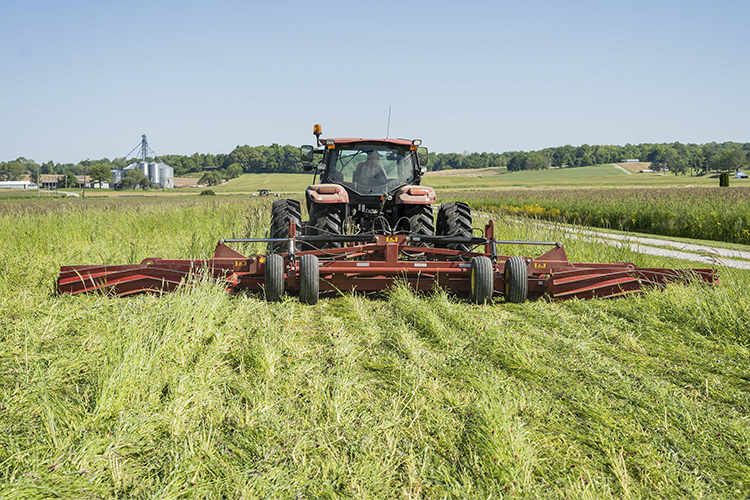
We’ve also recognized the importance of supporting cover crops through crop insurance. USDA’s Risk Management Agency (RMA) recently provided $59.5 million in premium support for producers who planted cover crops on 12.2 million acres through the new Pandemic Cover Crop Program. Additionally, RMA recently updated policy to allow producers with crop insurance to hay, graze or chop cover crops at any time and still receive 100% of the prevented planting payment. This policy change supports use of cover crops, which can help producers build resilience to drought. Visit RMA’s Conservation webpage to learn more.
Working together, we can lead the way through climate-smart solutions that will improve the profitability and resilience of producers and foresters, open new market opportunities, and build wealth that stays in rural communities. Our support for cover crops are part of a much broader effort at USDA to address climate change. To learn more, read USDA’s January 18, 2022 news release.
More Information
Cover crops are not only good for rural communities, but also for urban areas. Late last year, the NRCS National Plant Materials Center planted cover crops in the urban garden in front of USDA’s Washington, D.C. Headquarters. See how cover crops are also great for the urban farmer or backyard gardener.
To learn more, visit farmers.gov/conservation/soil-health, watch our Conservation at Work video on cover crops, or contact your local USDA Service Center.
Gloria Montaño Greene is the Deputy Under Secretary of USDA’s Farm Production and Conservation mission area.

